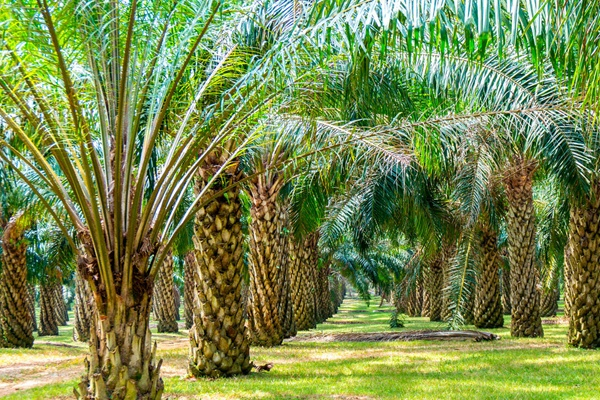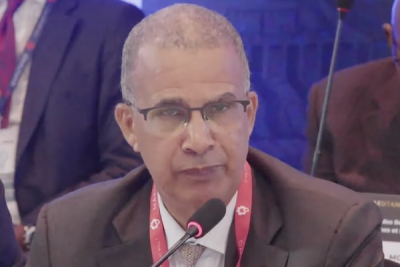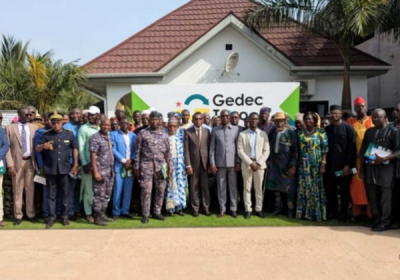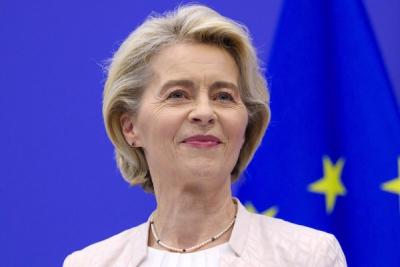Congolese PresidentFélix-Antoine Tshisekedi asked his government to include a new component in the second phase of the Local Development Program for 145 territories (PDL 145T). The leader instructed his team during the November 1 Council of Ministers. This component would develop 2,000 hectares in each territory, with 1,000 hectares set aside for oil palm plantations, translating into creating 145,000 hectares of palm groves across the country.
Tshisekedi stated that the goal of this project is "to boost biodiesel production from palm oil throughout the country." Previously, as instructed by the President, the government financially backed the construction of a biodiesel plant in Vanga, Kwilu province. The plant was built by Chrisnovic Sarl
Two years ago, Julien Paluku, the then-Industry Ministry, claimed that boosting biodiesel production would help the DRC “align with countries fighting global warming”. He added that this initiative is part of the Industrialization Master Plan adopted in 2021, which aims to increase industrial production and reduce imports at a cost of over $58 billion. Paluku spoke while visiting Chrisnovic’s facilities.
Cut fuel imports
According to the Services des Entreprises Pétrolières Congolaises (SEP Congo), petroleum product consumption in the DRC is expected to reach about 4 billion liters by 2025. Currently, most of this demand is met through imports. With an average yield of 3.8 tonnes of palm oil per hectare, the planned 145,000 hectares of palm groves could produce between 626 and 988 million liters of biofuel each year. If producing biodiesel is cost-effective, this project could help reduce fossil fuel use, lower imports, and increase the country’s energy self-sufficiency.
Creating and operating these palm groves will also create many jobs. Worldwide, similar projects have generated between 29,000 and 72,500 direct jobs in plantations and related industries, benefiting local communities.
However, the project's success will depend on its economic viability and effective implementation. The President has assigned the Yangambi Research Center to prepare palm nut seeds for the project. He also asked the Presidential Advisory Council of the National Pact for Agriculture and Food (CCP-PNAA) to support the development of these palm groves in all 145 territories. Félix-Antoine Tshisekedi urged the government to actively work on this project and provide "tax incentives" to ensure its success.
Challenges
The minutes of the Council of Ministers do not indicate whether the President's directives are based on a feasibility study for the project. However, spreading it across 145 territories could be challenging, especially given the poor quality of the country's road network, which complicates travel and raises transport costs.
Additionally, there is limited information about the second phase of PDL 145T, which includes integrating the palm grove project for biodiesel production. After a meeting with Planning Minister Guylain Nymb, Finance Minister Doudou Fwamba, and UNDP Africa Director Ahunna Eziakonwa, it was announced that this phase will begin in early 2025.
In August 2023, then-Planning Minister Judith Suminwa Tuluka, now Prime Minister, estimated that this phase would primarily focus on constructing and rehabilitating agricultural feeder roads for $1.25 billion. It is unclear if this estimate still stands or how the funding for this second phase will be secured.
Anticipating potential criticism from environmental groups that view industrial palm cultivation as a cause of deforestation, the President announced plans to create 145,000 hectares of palm groves alongside establishing a 100,000 km² protected area of primary forest. This reserve, called "Couloir Vert, Kivu-Kinshasa," will be located between the eastern and western parts of the country.
Pierre Mukoko










